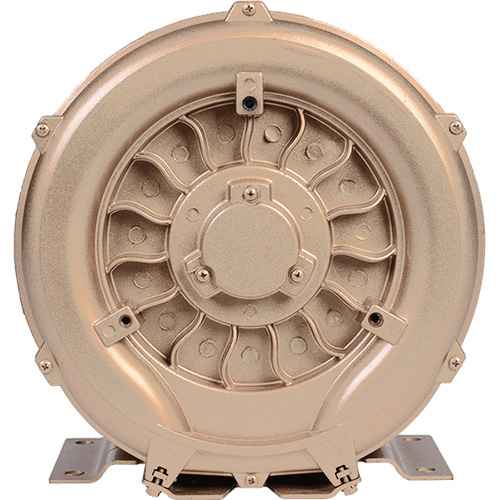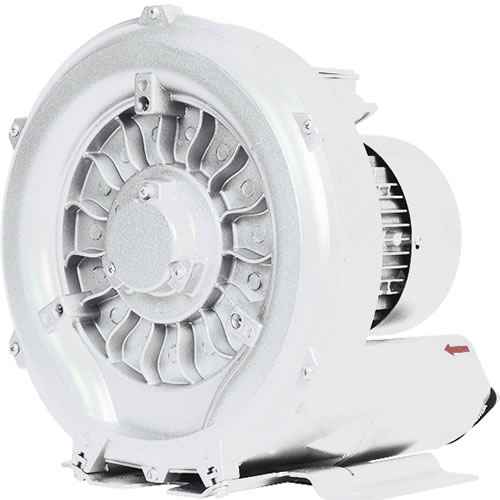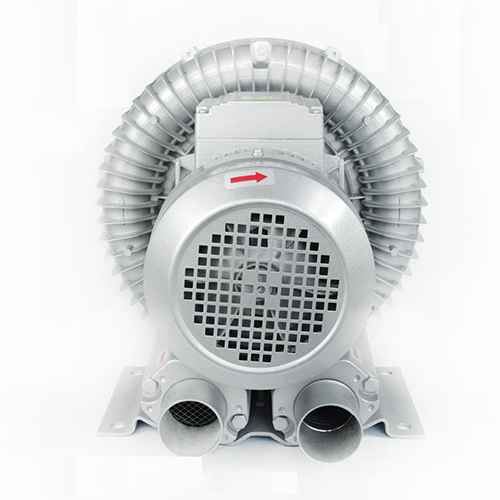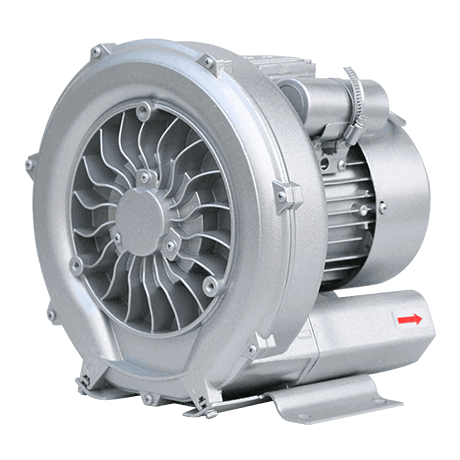Regarding to noise of high voltage blower motor
Regarding to noise of high voltage blower motor
1. Noise is caused by the vibration of an object and can be transmitted to the human ear only through air or other elastic media. It's made up of a lot of messy monotony. 20Hz to 20,000Hz is the frequency that people's ears can hear. Waves below 20Hz are called insonic waves, and waves above 20,000Hz are called ultrasounds. Noise directly affects people's health, too strong or long-term noise, will make people very painful, uncomfortable, and even deaf or dead. Noise is one of the three public hazards that pollute the environment in modern society.
For the health of the people, the International Organization for Standardization (ISO) has set the standard for allowing noise, noise dB (A) 859396115() motor is one of the sources of noise, the motor in the home, commerce, office and industrial, agricultural and medical industries widely and extensively used, and closely related to people's lives. With the progress of society, people put forward more and more high demands and restrictions on the noise of polluting the environment, especially for household appliances in close contact with people. In this regard, advanced special attention. Our government has always attached great importance to the health of the people and spared no effort to limit noise.
Therefore, it is the responsibility of every designer and producer to minimize the noise of the motor, produce a low noise motor, and create a comfortable and quiet environment for people.
2 . According to the different ways of motor noise, the classification of motor noise can be divided into three categories: (1) electromagnetic noise, (2) mechanical noise, and (3) aerodynamic noise.
3. Electromagnetic noise Electromagnetic noise is mainly caused by the radial weight of the air gap magnetic field acting on the iron core of the sage. It propagates outwards through the magnet, making the stethon core vibrate and deform. The second is the cutting component of the air gap magnetic field, which, contrary to the electromagnetic torque, makes the iron core teeth deformation and vibration. When radial electromagnetic force waves are close to the natural frequency of the synth, they cause resonance, which greatly enhances vibration and noise, and even endangers the motor. According to Maxwell's law, radial electromagnetic forces per unit area in the air gap magnetic field are pressed to calculate: in the formula: B - air gap magnetic dense - mechanical angle displacement of 0 - vacuum magnetic conductivity due to fixed, roor windings, the existence of the main wave magnetic potential and the harmonic magnetic potential, their interaction can produce a series of force waves.
3.1 The radial force wave generated by the main wave magnetic field B1 of the main wave magnetic field is: Pr1-P0-P1, in the type, is the constant part of the radial force, it is evenly acted on the circumferon, so that the steth iron core is subjected to compression stress. The invarient part does not produce vibration and noise.
P1 -P0cos (2p-2-1t-2-0), where the polar verse of the p main wave, the angular velocity of the p-1-the-main wave, and the angular velocity of the p-0-first phase. P1 is the cross-change part of the radial force wave, which has an angle frequency of 2 s1, i.e. 2 times the power frequency, which makes the fixed and rotor produce vibration and noise of 2x the power frequency.
Its strength is directly related to the square of the magnetic denseness of the air gap. This tends to have a greater impact in high-capacity motors at the poles, but in general, due to its low frequency, the effect is not significant.
3.2 The vibration and noise caused by the force wave generated by the force harmonic magnetic field generated by the harmonic magnetic field are related to the amplitude size of the force wave on the one hand, and also to the number of force waves. In most cases, the impact of the number of times less than 10 is greater, and the high number of force waves is generally not considered.
Therefore, it is important to select a suitable fixed rot groove to avoid generating lower force waves. If Z1 and Z2 represent the number of slots, respectively, Z1-Z2≠ (0 or 2p), Z1-Z2≠ (±1 or 2p±1), Z1-Z2≠ (±2 or 2p±2), Z1-Z2≠ (±3 or 2p±3).
3.3 The force wave produced by the first-order tooth harmonics is affected by the tooth groove on the stator or rot, and the magnetic conductor will produce periodic changes, which will cause periodic changes in the size of the gas gap magnetic dense, and produce tooth harmonics. The vibration and noise caused by this tooth harmonic can be reduced by chute. In general, when a rot is obliquely a fixed groove, the radial force generated by its tooth harmonics is much smaller than when the slot is straight.
3.4 The force wave generated by the unilateral magnetic pull force, due to the eccentricity of the fixed, robe, or asymmetry of the magnetic path, will cause asymmetry in the distribution of flux, and the phenomenon of large force on one side and small force on the other will also produce a unilateral magnetic pull force. It changes periodically with speed. When an additional magnetic field with a polar number of p±1 interacts with the main wave magnetic field, the number of force waves generated is ±1, so that low force waves are likely to cause vibration and noise. Therefore, we in the design or processing, fixed, rotone roundness must meet the requirements, magnetic path must be symmetrical, uniform. In the motor assembly, the coaxial degree of the roiter should be verified, so that it is within the range of precision requirements.
3.5 The method of reducing electromagnetic noise Is the cause of electromagnetic noise, we can use the following methods to reduce electromagnetic noise.
(1) try to use sine windings to reduce harmonics;
(2) choose the appropriate air gap magnetic dense, should not be too high, but too low will affect the utilization rate of materials;
(3) select the right slot match to avoid low-pressure waves;
(4) the use of rot grooves, oblique a sted groove distance;
(5) fixed, rot magnetic path symmetrical uniform, close pressure;
(6) fixed, roel processing and assembly, should pay attention to their roundness and coaxiality;
(7) Be careful to avoid their resonance frequencies.
4. Mechanical noise Mechanical noise includes bearing noise, noise due to roer imbalance, and noise caused by assembly eccentricity. In addition, carbon brushes in DC motors and string-inspired AC motors also produce vibrations that cause noise. In many cases, mechanical noise often becomes the main role of motor noise.
4.1 The generation and control of bearing noise due to the bearing with the motor rotor rotation, because of the ball, inner ring, outer ring surface is not smooth, there is a gap between them, the ball is not round or internal mixture of debris, and cause them to collide with each other to produce vibration and noise. The noise value produced by it has a lot to do with the size accuracy of the ball, the size accuracy of the inner and outer grooves, the roughness of the surface and the tolerance of the shape.
Some people think that as long as the use of precision bearings can reduce bearing noise, but after use, but make noise increase. The reason is that the shaft and bearing inner ring are too tight, so that the inner ring deformation of precision bearings is greater than the deformation of ordinary bearings, so the beat, vibration increase, noise rise.
Therefore, the bearing and bearing chamber, shaft cooperation is also very important.
The following methods should be taken to reduce bearing noise:
(1) Sealed bearings should generally be used to prevent debris from entering;
(2) Bearing raw




